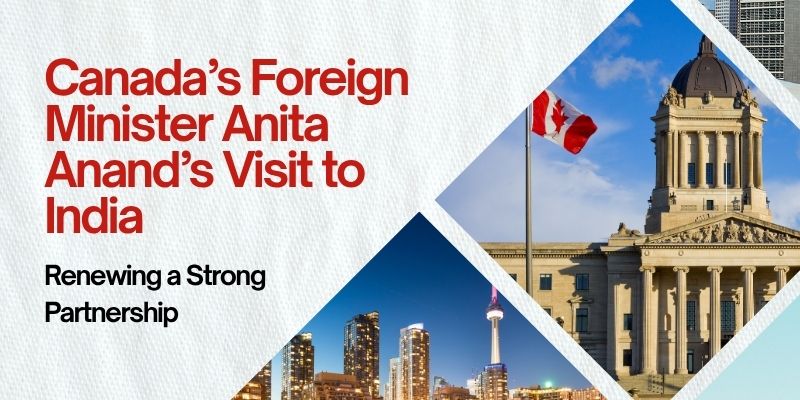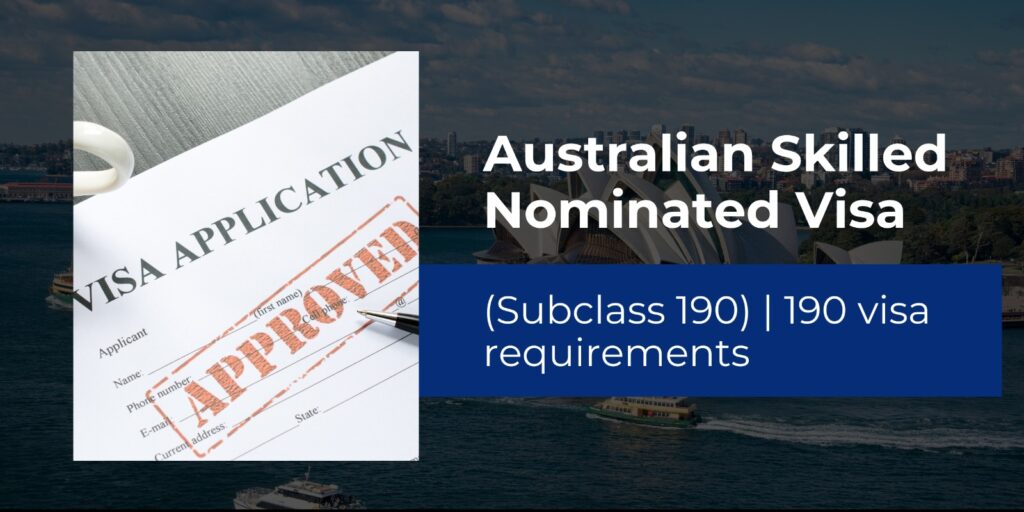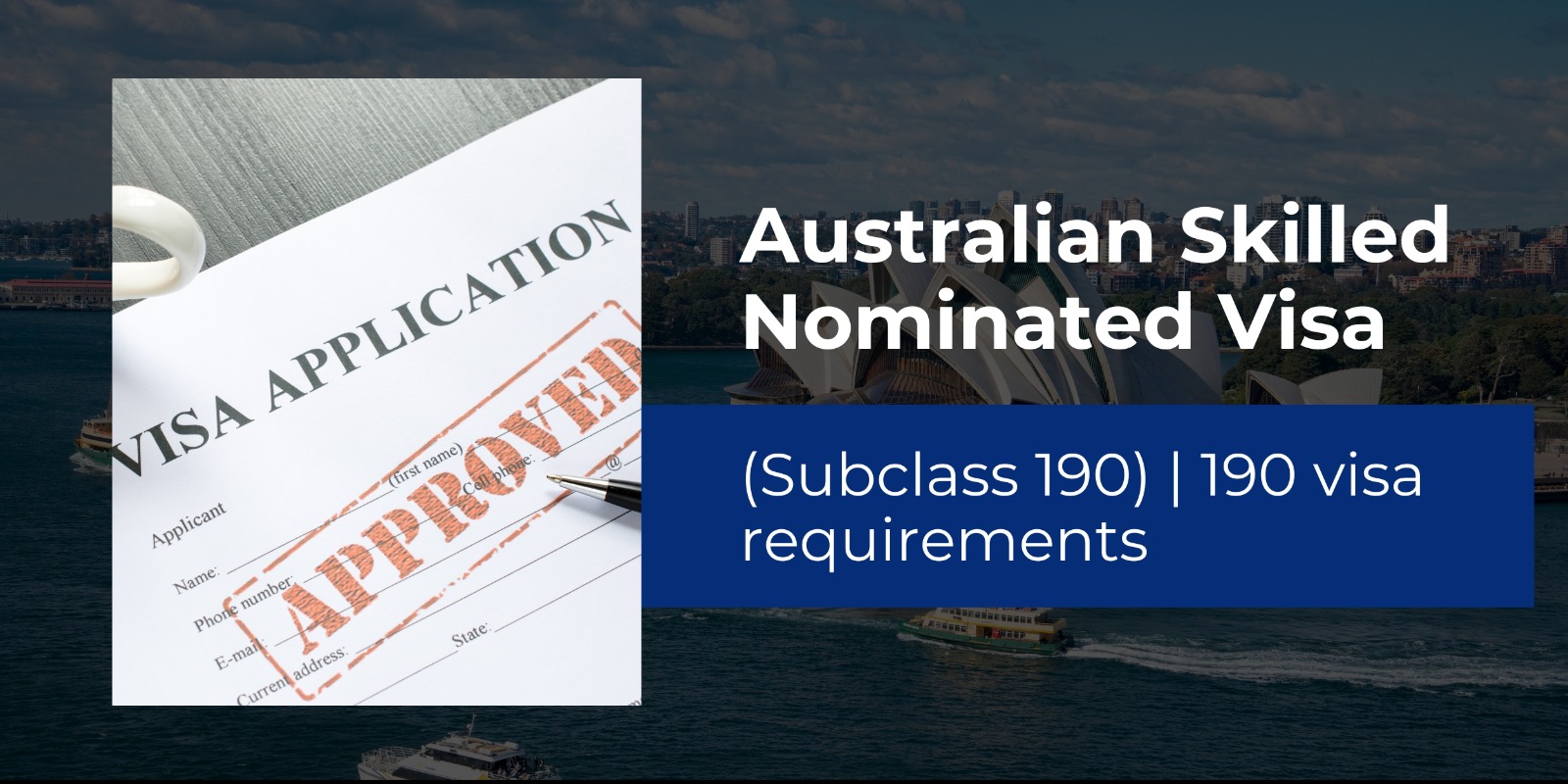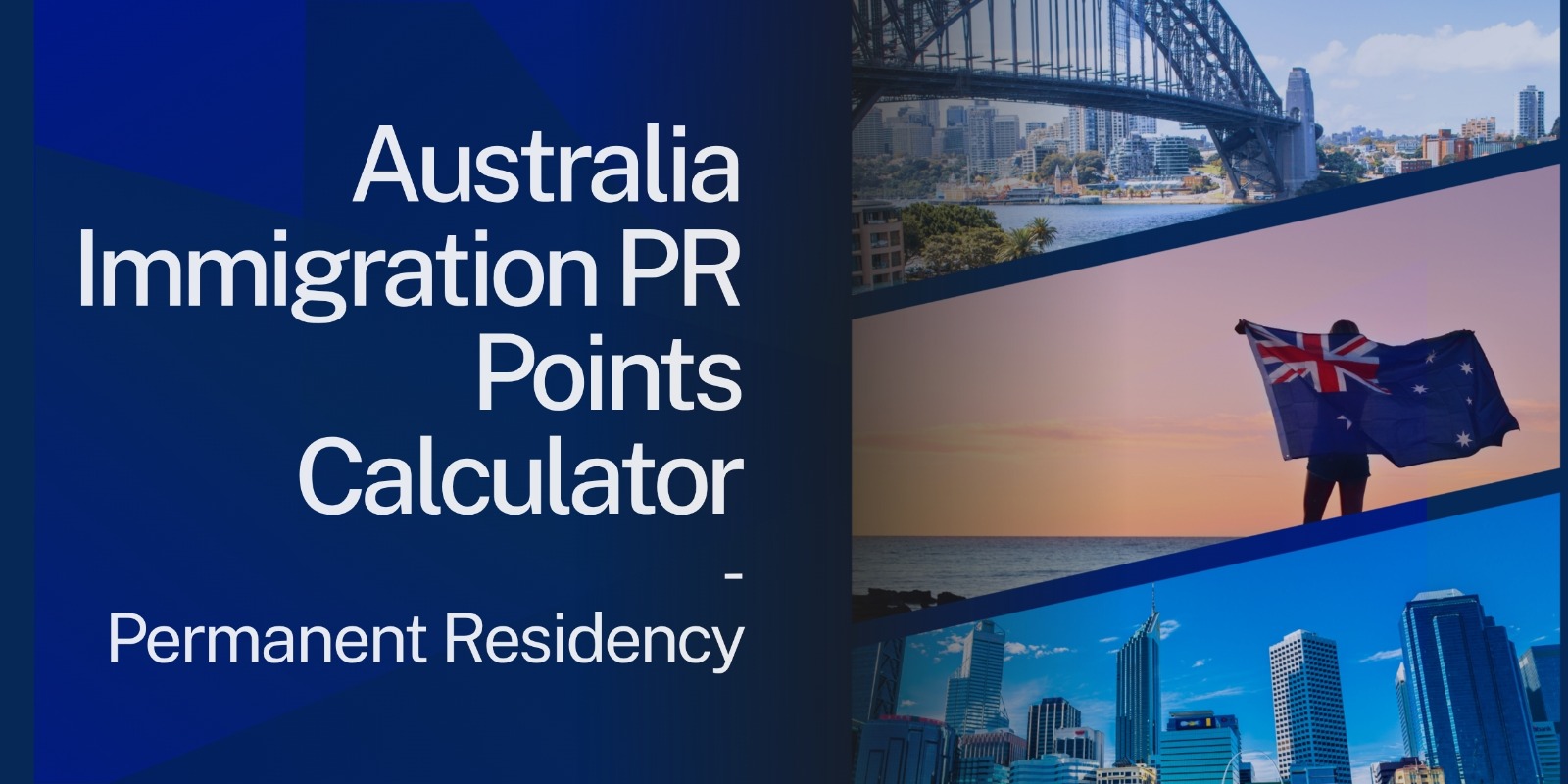When it comes to working abroad, two essential documents often come up: work permits and work visas. While they’re related, they serve distinct purposes and have different requirements. Let’s break down the differences to help you navigate the complexities of international employment.
What is a Work Visa?
A work visa is an official document that allows you to enter a foreign country for employment purposes. It’s usually stamped in your passport and specifies the purpose and duration of your stay. Think of it as a ticket to enter a foreign land for work.
What is a Work Permit?
A work permit, on the other hand, is a document that authorizes you to work in a foreign country for a specific employer and job role. It’s often tied to a particular job offer and employer, limiting your ability to change jobs without obtaining a new permit. Work permits are usually issued for a limited period and may require renewal.
Key Differences
– Purpose: A work visa allows entry into a country, while a work permit grants permission to work in that country.
– Duration: Work visas can be granted for longer periods, sometimes leading to permanent residency, while work permits are often issued for shorter durations.
– Job Mobility: Work visas may offer more flexibility in changing jobs, while work permits are typically tied to a specific employer and job role.
– Requirements: Work visas often require proof of qualifications, job offers, and financial stability, while work permits may require a job offer and employer sponsorship.
Types of Work Permits
– LMIA (Labor Market Impact Assessment): Required for certain work permits, demonstrating the need for foreign workers.
– On-site work permit: For employees sent to a foreign country for a specific project.
– Open work permit: Allows holders to work for any employer in the country .
In Conclusion
Understanding the differences between work permits and work visas is crucial for anyone looking to work abroad. By knowing the requirements and purposes of each document, you can better navigate the complexities of international employment and make informed decisions about your career goals.













